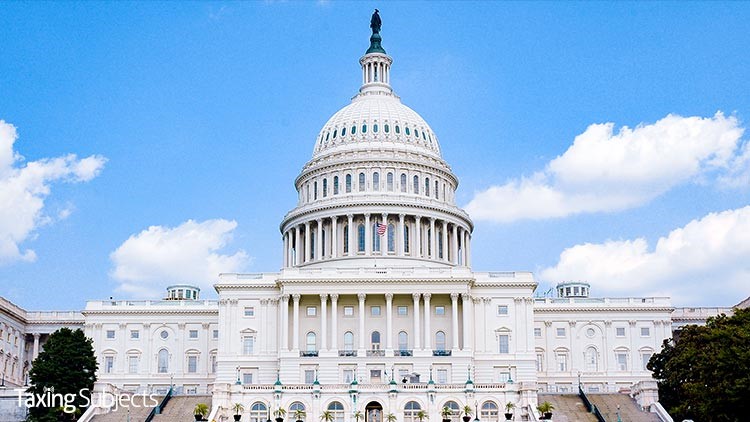
Every year, the Electronic Tax Administration Advisory Committee (ETAAC) sends a report to Congress that includes recommendations for improving tax administration. This year, the committee’s report followed a second filing season defined by the challenges of a global pandemic. In addition to a renewed call for better IRS funding, many of their recommendations highlight the need for improving the speed, security, and convenience of digital filing.
What is ETAAC?
Created by the IRS Restructuring and Reform Act of 1998, ETAAC is tasked with “[providing continuing public input into the development and implementation of the IRS organizational strategy for electronic tax administration” (“Electronic Tax Administration Advisory Committee (ETAAC)”). It is currently composed of 21 members—ranging from community tax organizations to tax software company representatives.
ETAAC also works closely with the Security Summit when developing recommendations that touch on issues related to data security and IRS Identity Theft Tax Refund Fraud. Since 2015, this cooperation between “the IRS, state tax administrators, and the nation’s tax industry … [has fought] tax-related identity theft and cybercrime.”
What are the ETAAC recommendations?
ETAAC provided Congress with 10 recommendations:
- Provide the IRS with flexible, predictable multi-year funding.
- Accelerate the filing deadline for certain informational returns.
- Modernize the data-sharing statutes among federal agencies.
- The Form 1099 Portal should have functionality that integrates with key stakeholders at the time of rollout.
- Increase the electronic filing goals.
- Enhance the taxpayer experience in the IRS Identity Theft Tax Refund Fraud (IDTTRF) resolution process.
- Allow for greater transparency into return processing status.
- Expand the taxpayer protection tools in the EFIN Toolset.
- Enhance security plan guidance for tax practitioners.
- Accelerate the investment in and timing of digital initiatives.
Many of the recommendations focus on implementing digital solutions to streamline tax administration, improve data security, and improve “the taxpayer experience.” That makes sense given how social distancing and contactless service essentially required electronic platforms for document transfer, meetings, and tax industry conferences. But the linchpin for all other recommendations received top billing: Adequately and predictably fund the IRS.
“Having the opportunity to work on the ETAAC during the pandemic underscored what a fantastic job IRS employees do each and every day—even when they are met with overwhelming circumstances such as late legislation changes, budgetary shortfalls, and technology limitations,” explains ETAAC member and Drake Software Government and Industry Liaison Jared Ballew. “The recommendations in the 2021 report are not only aimed at improving the overall taxpayer experience and securing taxpayer data, but also target areas that can create a better work environment for IRS employees, providing them the tools they both need and deserve to do their job as they work to serve the American taxpayer.”
Interested in learning more about the ETAAC recommendations? Read the 2021 Report to Congress. If you want to know how other tax professionals integrated contactless service in their practice, check out the Drake Software 2021 Contactless Tax Preparation Infographic.
Source: IR-2021-131
